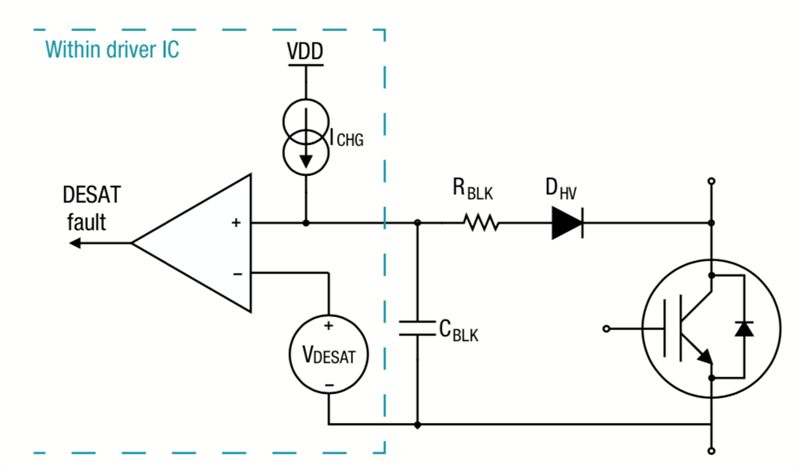Other Parts Discussed in Thread: ISO5451
Hi,
The attachment is the IGBT I used. I didn’t understand very well when designing the ISO5452 pin 2 Desat function, so please help:
1. D4 design considerations, how many volts do I need to take? Is 12V Zener ok for this?
2. Is the number of D28/D21/D25/D30/D22/D26/D31 correct with IGBT? for used the IGBTRGTVX6TS65D
3. in my understanding, the number of the is VCE-FAULT(TH) = 9 V – n × VF, only need 1~2 diode, is that right?
The IGBT and D28~D31 SPEC as the attached PDF file
Regards,
Rock



